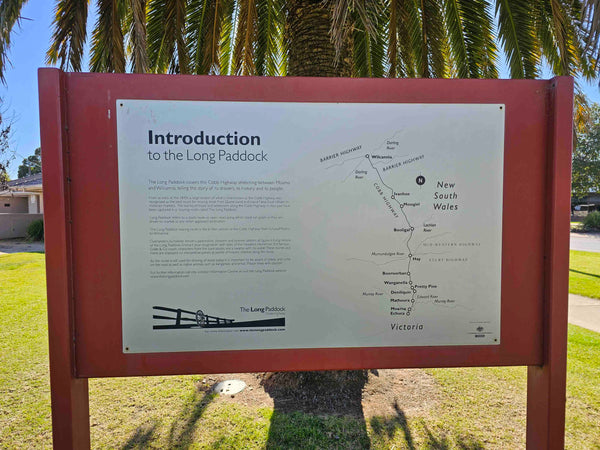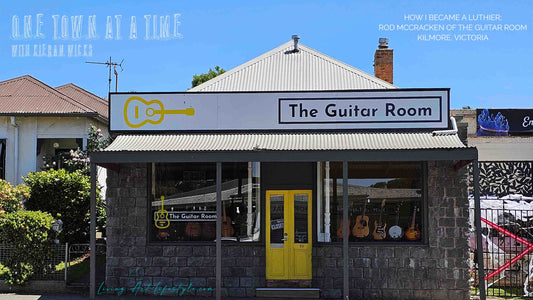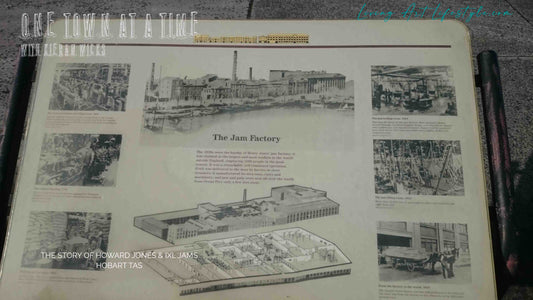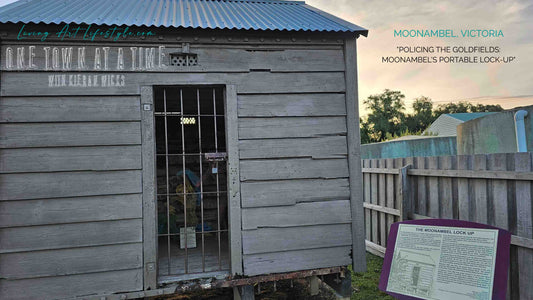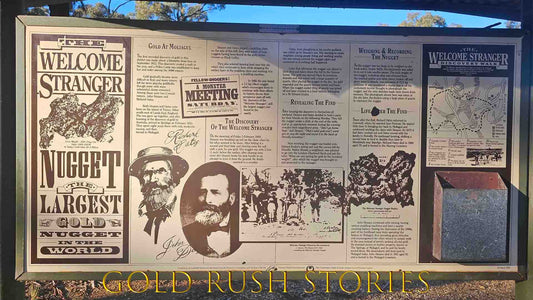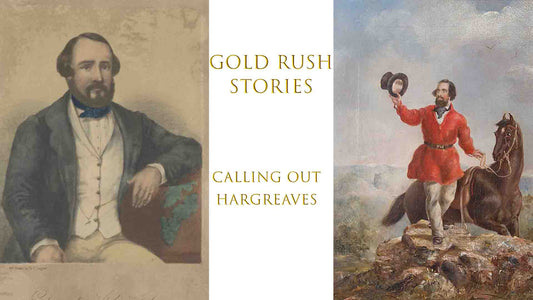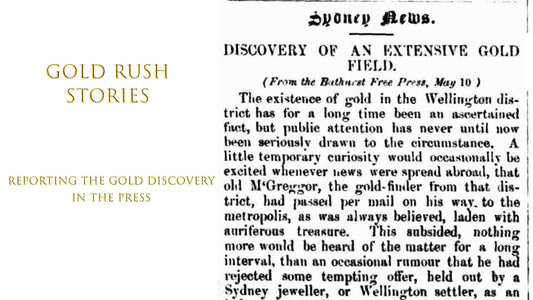
A Glimpse into The Golden Age of Paddle Steamers
Today, we're setting sail on a journey back in time a charming to a Victorian border town that many may have never heard of. When we think of the bustling hubs of the Australian Gold Rush era, cities like Ballarat or Bendigo might immediately come to mind. However, nestled on the banks of the mighty Murray River Echuca is a place where history whispers through the rustling river reeds and the gentle chug of paddle steamers transports you to an era long past. Join me as we explore this remarkable town a unique and enthralling story, intertwined with the iconic paddle steamers that once dominated its waterways.


Echuca: Where History Meets the Murray:
Lovingly maintained the heritage of the town is palpable. I felt as if I had stepped onto a Hollywood movie set, as I made my way down the wharf promenade, a charming horse and carriage clip-clopping along cobblestones completes the magical scene set out before me.

For filmmakers, historians, and anyone with a penchant for Australia's rich tapestry, Echuca and its paddle steamers offer a rare glimpse into a world where the thrum of machinery and the splash of water against timber narrated the dreams of a burgeoning nation.

Echuca boasts a history as rich and winding as the river that flows beside it. Originally inhabited by the Yorta Yorta Indigenous people, the town's European history began with the arrival of explorer Thomas Mitchell in the 1830s. However, it was during the Australian Gold Rush in the mid-19th century that Echuca truly blossomed.

Echuca: Australia's Paddle Steamer Capital
Founded in the 1850s, Echuca's name, derived from an Aboriginal word meaning "Meeting of the Waters", predestined its role as a key river port town. With its proximity to the joining of the Murray and Campaspe rivers, Echuca soon flourished, becoming a vital trade hub between the colonies of Victoria and New South Wales.
But what truly put Echuca on the map were the paddle steamers. These engineering marvels, with their massive paddle wheels churning and belching smokestacks, were not just a mode of transport. They were symbols of progress, connection, and the indomitable spirit of a young Australia.


By the 1870s, Echuca had transformed into the largest inland port in Australia. Paddle steamers and barges teemed its wharves, transporting wool, timber, wheat and, of course, hopeful miners hungry for their share of gold. For those living in the isolated regions of Australia's interior, the distant chug and whistle of an approaching steamer signalled more than goods – it was a lifeline to the wider world.
The tales of these vessels, such as the PS Adelaide and PS Pevensey, are stuff of legend. Their intricate wooden designs, the echoing calls of the captains, and the rhythmic dance of the crew as they navigated the river's treacherous bends, are an integral part of Echuca's tapestry.

The Paddle Steamer Advantage
The advent of paddle steamers in the early 19th century revolutionized water transport. Unlike their predecessors, these vessels harnessed the power of steam engines to propel themselves forward, offering several key advantages:
- Reliability: Paddle steamers were not at the mercy of fickle winds. Their steam engines provided consistent and reliable propulsion, ensuring timely travel.
- Increased Capacity: With larger hulls and more space for cargo and passengers, paddle steamers greatly improved transportation efficiency, allowing for the movement of larger quantities of goods and people.
- Navigational Freedom: Paddle steamers could navigate upstream, opening previously inaccessible regions and river systems to trade and settlement.

Technological Advancements
Throughout their era of use, paddle steamers underwent significant technological advancements. The development of high-pressure engines, improved paddlewheel designs, and enhanced safety measures made them faster, safer, and more efficient. This technological progress boosted the Australian economy by facilitating the transport of goods, linking inland settlements with coastal ports, and even opening up new regions for agriculture.
The Boomtown of Echuca:
As gold fever swept the region, Echuca experienced a rapid influx of fortune seekers and settlers. The Murray River became a vital transportation artery for the booming town, and it was here that the iconic paddle steamers entered the scene. These majestic vessels became the lifeblood of Echuca, ferrying goods and people up and down the river.

The Paddle Steamers of Echuca:
During the mid-19th century, Echuca found itself at the heart of Australia's Gold Rush fever. As fortune-seekers and entrepreneurs flocked to the region, the need for efficient transport became paramount. Paddle steamers emerged as the game-changer of their time, revolutionizing cargo and passenger transportation along the Murray River and beyond.
The Birth of Steam Power
The seeds of the paddle steamer revolution were sown with the invention of the steam engine itself. Steam engines had their origins in ancient Greece and were further developed by figures like Heron of Alexandria. However, it was the work of James Watt, a Scottish engineer, in the late 18th century that transformed steam engines into practical sources of power.
Watt's innovations, including the separate condenser, made steam engines more efficient and reliable. His work laid the foundation for the application of steam power in various industries, from mining to manufacturing.
Early Steam Engine Implementation
Steam engines found their early applications in stationary settings, powering factories and mines. Watt's improvements made these engines more dependable and economically viable, heralding the dawn of the Industrial Revolution.
As Captain William Reynolds, an early engineer of paddle steamers, noted, "The newfound power of steam was not confined to the land; it was destined to conquer the waterways."
Birth of the Paddle Steamer
The steam engine's adaptation for marine use marked a watershed moment. Paddle steamers were among the first vessels to harness steam power for propulsion. In 1807, Robert Fulton's North River Steamboat, commonly known as the Clermont, made its historic voyage up the Hudson River, becoming the world's first commercially successful steam-powered ship.
Invention and Innovations
Paddle steamers owe their existence to the inventive genius of Henry Bell, a Scottish engineer, who launched the world's first commercially successful steamship, the PS Comet, in 1812. Inspired by Bell's achievement, Australia soon witnessed its own paddle steamer revolution. Built in shipyards across the country, these vessels came in a range of sizes, from small, nimble craft to massive river giants.
Mechanics and Fuels: Powering the Paddle Steamer Revolution
Central to the success of paddle steamers were their intricate mechanical systems and the fuels that powered them:
- Steam Engines: These vessels were equipped with high-pressure steam engines, driving massive paddlewheels. The reciprocal motion of pistons, fueled by steam from boilers, transferred power to the paddlewheels, enabling forward and upstream navigation.
- Fuel Sources: The optimal fuel for paddle steamer boilers was river red gum wood. Renowned for its high energy content and widespread availability along Australian waterways, this wood was the preferred choice. Alternatives included mallee, boxwood, and coal, depending on regional availability.

Construction and Crewing
Constructing a paddle steamer was no small feat. It took a team of skilled shipbuilders, engineers, and laborers several months to complete one. The process involved meticulous design, the crafting of wooden hulls, the installation of high-pressure steam engines, and the assembly of colossal paddlewheels.
Decline in Popularity
As the 19th century gave way to the 20th, the supremacy of paddle steamers began to wane. Several factors contributed to their decline:
- Railways: The expansion of railway networks offered a faster and more direct mode of transport for both goods and passengers.
- Shift to Motor Vessels: The emergence of motor vessels, with internal combustion engines, offered greater efficiency and flexibility compared to the steam engines of paddle steamers.
- Changing Trade Routes: The changing patterns of trade, along with the growth of road networks, shifted the focus away from water transport.
Successors to Paddle Steamers
With the decline of paddle steamers, motor vessels, such as diesel-powered ships, gradually took center stage in maritime transportation. These new vessels were faster, more fuel-efficient, and required fewer crew members.

Take a leisurely stroll along the historic Echuca Wharf, where these paddle steamers are moored. The wharf itself is a piece of history, and you can often catch a glimpse of skilled craftsmen maintaining these floating relics.
These magnificent boats, with their towering smokestacks and elegant paddlewheels, are a sight to behold. The Echuca Wharf, a National Heritage-listed treasure, is where you can witness these historic vessels in all their glory.


Preservation of a Bygone Era
While the heyday of paddle steamers has long passed, the essence of that era is still palpable in Echuca. The town has undertaken commendable efforts to preserve its heritage. The historic Port of Echuca, now a discovery centre, is a testament to the town's commitment to keep its history alive. Here, visitors can witness restored paddle steamers in action, be regaled with tales of yore, and even set out on the Murray to experience the magic of these vessels firsthand.
PS Emmylou: First on our list is the PS Emmylou, a true queen of the river. Named after the famous American country singer Emmylou Harris, this paddle steamer offers unforgettable cruises along the Murray, complete with live music and delectable food.
PS Adelaide: Another gem is the PS Adelaide, a lovingly restored paddle steamer that provides a glimpse into the past. Step aboard and be transported to the 19th century, where you can learn about the river trade and Echuca's golden days.

To stand on the banks of the Murray in Echuca, with the ghostly echoes of paddle steamers in the air, is to be transported to a time when Australia was carving out its identity. Echuca's legacy, built on the back of these mighty vessels, is a testament to the enduring spirit of adventure and exploration that defines the Australian ethos.
If you're ever in the vicinity of this Victorian gem, take a moment to tread its historic wharves, engage with its stories, and let the river whisper tales of a time gone by. As we navigate the currents of the modern world, there's much to learn from the waters and vessels that once defined Echuca.
Until next time, keep exploring the past, one paddlewheel turn at a time!
For more deep dives into Australia's rich history and cultural tapestry, continue exploring at KieranWicks.com.
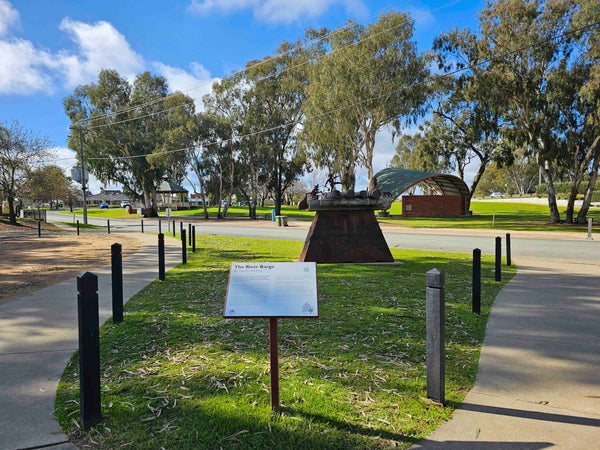

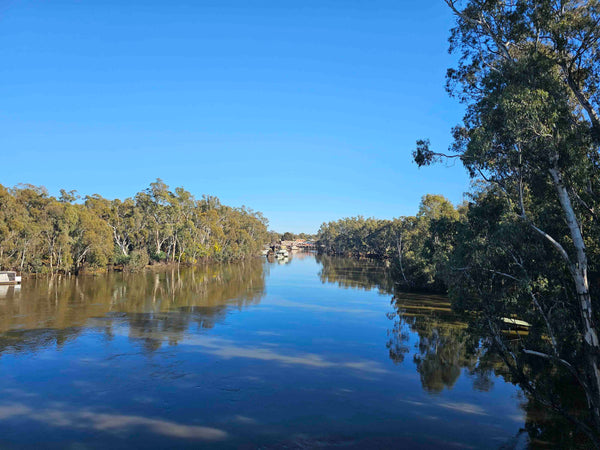

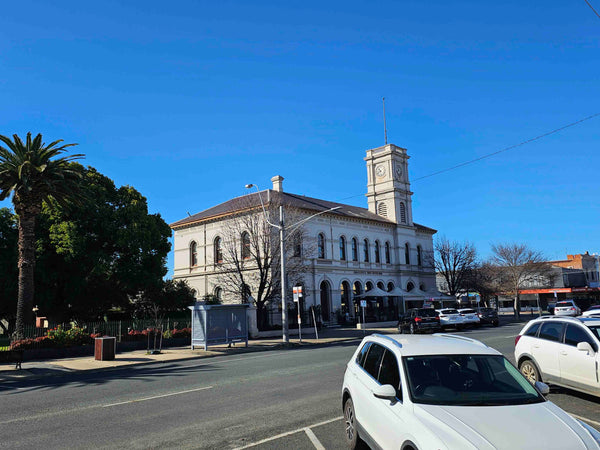

@kieran.wicks ♬ original sound - Kieran Wicks
@kieran.wicks A leisurely stroll through #HorseshoeLagoon in #Moama on the #MurrayRiver after this weekend's show at the Border Inn Hotel as part of the Winter Blues Festival. #WinterBluesFestival #PostgigR&R #adayinthelifeofatouringmuso #TourDiary #onetownatatime #independentartist #guidedtour ♬ original sound - Kieran Wicks






